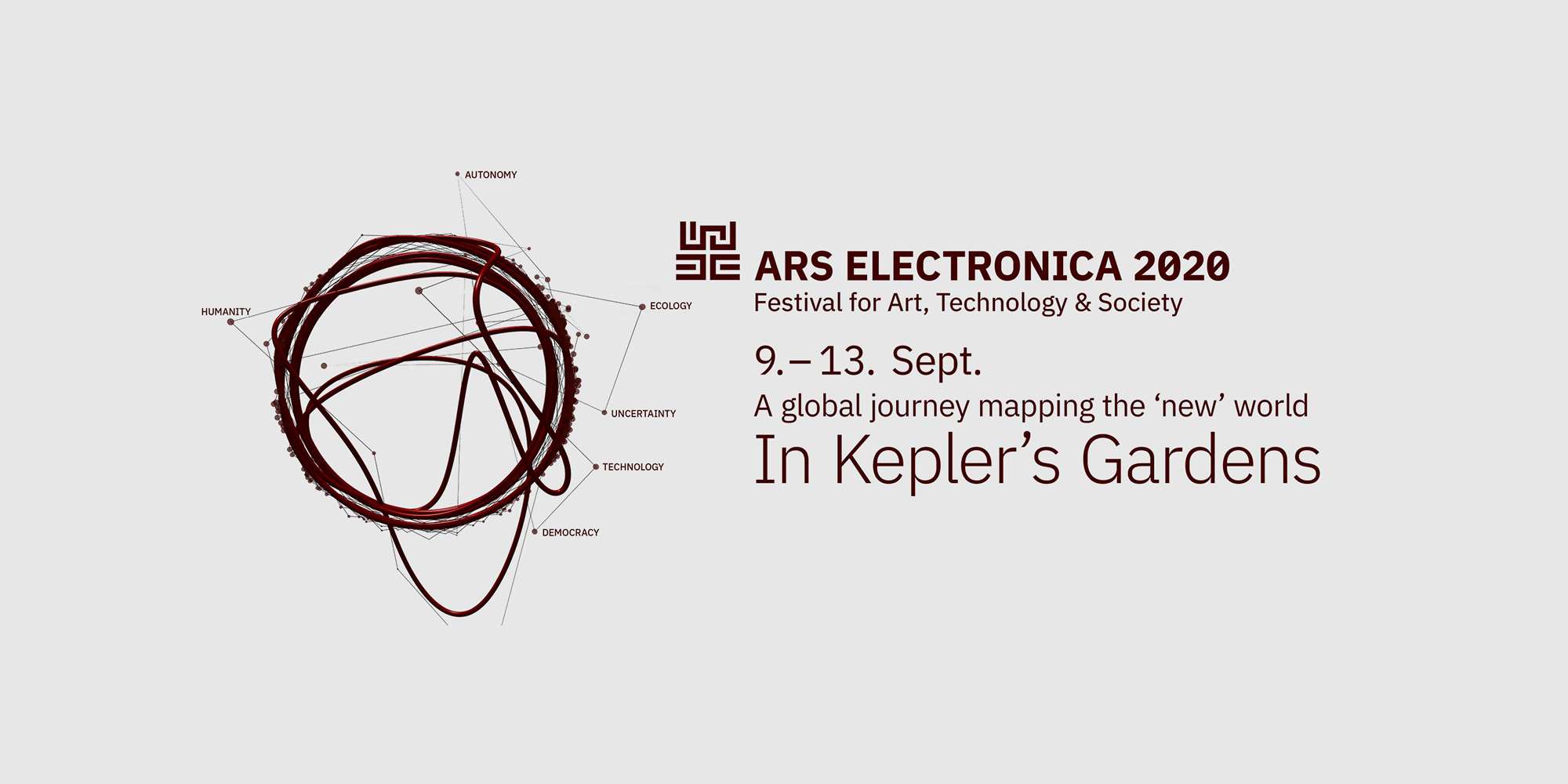Bio Art

Acquired Immunity Exhibition
Acquired immunity displays artworks arising from our residencies and invited artists. We bring together artworks that were created as a response to challenges from the local environment: natural, social, and other artists. A response that we compare to the way the immune system responds to new challenges.
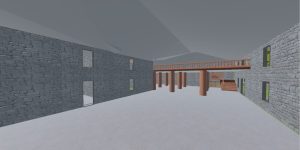
Acquired Immunity - Guided Tours
Guided tours of the exhibition by the curator, Marta de Menezes, an artist, Adam Zaretsky, and an immunologist, Luis Graca, will provide different paths within the real and virtual spaces.

Liquid Matter
Laura Beloff (FI)
The boundary between wet and dry is blurring. Similarly, our expectations towards solid or soft objects and machines are being redefined. These developments are impacted by many different factors, from developments in biotechnology and life science to innovation in new materials and their behavior, among various other areas. Also, in the humanities and the arts, there has been a recent surge of interest towards material agencies and processes that are based on inorganic or biological matter and executed by non-human organisms. It could be said the realms of technology and biology – that is, the biologically grown and the artificially constructed – converge in liquid matter. This can be seen when looking into the methods and practices of biology, biotechnology and biochemistry, which involve technological tools and approaches to investigate biological organisms and create chemistry-based experiments, all of which typically take place in wet environments.

Acquired Immunity Guided Tour 1 - with live Q&A
Marta de Menezes
This episode features a guided tour of the exhibition by curator Marta de Menezes, followed by a live Q&A.

Acquired Immunity Guided Tour 2 - with live Q&A
Adam Zaretsky
This episode features a guided tour of the exhibition by invited artist Adam Zaretsky, followed by a live Q&A.

Acquired Immunity Guided Tour 3 - with live Q&A
Luis Graça
This episode features a guided tour of the exhibition by immunologist Luis Graça, followed by a live Q&A.
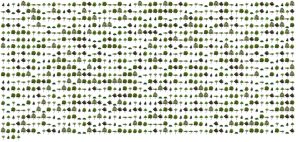
Art and Science of the Political Ecology of Disasters
José Luis de Vicente (ES), Joana Moll (ES), Andy Gracie (UK), Israel Rodríguez (ES), Ingrid Guardiola (ES), relator Vanina Hofman (AR)
ROUNDTABLE: Catastrophes and vulnerability have brought us to the forefront the urgency of acting against the consequences of the Anthropocene. We will explore all the possible futures ahead, facing the interactions between biological and ecological systems, but also the media ecology, within a relational ecology of practices where art, science and technology collide.

On Bio_Sonic_Agencies.
Brandon LaBelle (US), Robertina Šebjanič (SI), Oscar Martín (ES), Vanessa Lorenzo (ES), Laura Benítez (ES).
ROUNDTABLE: In a world dominated by the visual, could contemporary resistances be auditory? What is the materiality of sound? How does the materiality of sound affect listening? What resistances can be configured from working with biomaterials and sound? Do these bio_sonic_agencies open up other possible spaces that do not exist in the visual regime?
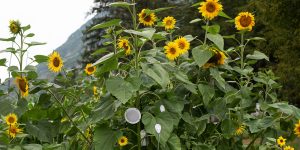
Unnatural Language: Botanic Quartet
Scott Kildall - Xenoform Labs (US), Michael Ang (CA)
Botanic Quartet is a generative musical composition by four plants endemic to Thailand. The results constitute a sort of ecospheric sentience as the plants don’t only respond to the sensed data, but communicate it to each other. This is a project under the umbrage of Unnatural Language, an ongoing collaboration between Scott Kildall and Michael Ang. Scott Kildall has been working with art, technology and education for over 15 years, looking at the interplay between territory and technology.

EMAP group exhibition: Quarantine
Robertina Šebjanič (SI), Gjino Šutić (HR), Anna Dumitriu, Alex May (UK), Tiziano Derme, Daniela Mitterberger (AT), Taavi Suisalu (EE), Quimera Rosa (FR/AR/ES), Kat Austen (UK/DE)
Over the last few years, the EMAP/EMARE network of media arts organizations have produced a multitude of works dealing with life-science and cybernetics that examine the fragile ecological equilibrium of life on Earth. A few of these artists find inspiration from scientific discoveries like archaea, a group of unicellular micro-organisms believed to be the oldest form of life on Earth. Other sources of inspiration include the impact of pharmaceuticals on life in the water and the sonic vision of bats. These artistic explorations envision future evolution in magical and often transgressive ways.

Beyond Human Perception
María Castellanos & Alberto Valverde (ES)
Die Arbeit ist eine Videoinstallation, die es dem Publikum ermöglicht, die Reaktionen von Menschen und Pflanzen auf einen gemeinsamen Stimulus zu visualisieren: Live-Musik. Die Installation ist das Ergebnis mehrerer Sitzungen, in denen die Gehirnaktivität von Menschen gemeinsam mit elektrischen Schwingungen in Pflanzen gemessen wurde, wobei ein von den Künstlern entwickelter Sensor verwendet wurde.
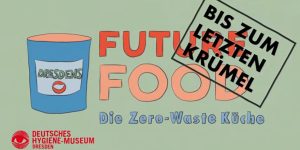
Dresden’s Future Food. Zero Waste Edition – To the Last Crumb
No idea what to do with old bread or the leaves of radish? In three short tutorials, learn how to prepare a delicious starter, main course and dessert by using seasonal and regional ingredients. Part of the Deutsche Hygiene-Museum’s digital “Future Food. What will we eat tomorrow?” program. In cooperation with Commerzbank Foundation.
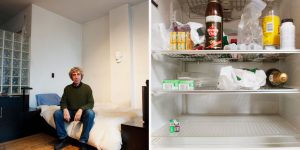
Virtual tour through the exhibition “Future Food. What will we eat tomorrow?”
Visitors can virtually explore the special exhibition Future Food. What will we eat tomorrow? that is held at the Deutsche Hygiene-Museum Dresden from May 2020 to Feb 2021. The exhibition takes up on one of the most urgent questions of the 21st century: how can we create the future of food facing the global challenges?
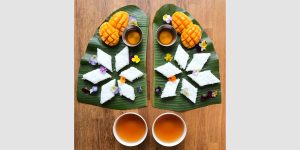
How do regional food systems work?
In times of multiple crises, the issue of food security is vividly debated. The panel discussion addresses opportunities and challenges of regional food production and supply with a focus on Dresden, Saxony.

Reparatur der Zukunft
Ö1
Mit der Initiative *Reparatur der Zukunft* will Ö1 die Fragen der 20- bis 30-Jährigen aufgreifen und ihren Ideen mehr Raum geben. Ars Electronica präsentiert zwei Projekte zu diesem Thema
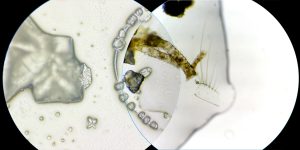
How to make an Ocean?
Kasia Molga (PL/UK)
Können menschliche Tränen das Leben im Meer erhalten? Kasia Molga wird ihren Weg von der Konzeption des Projekts erzählen, inspiriert durch den Umgang mit persönlicher Trauer; über die Auswirkungen von COVID-19 auf ihre ursprüngliche Idee; über die verrückte Errichtung eines provisorischen Nasslabors; über das Erlernen des Weinens auf Kommando; über ihre Bemühungen, winzige Meerestiere in ihren Tränen am Leben zu erhalten; und über ihre Versuche, einen KI-Moirologen zu entwickeln – einen weinenden Bot, der uns allen helfen soll, ein paar Tränen zu vergießen.
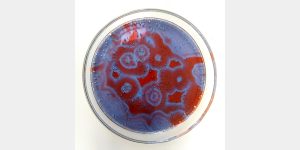
STEAM Popup Lab
JKU Linz School of Education (AT)
STEAM Popup Lab bietet eine virtuelle Reise, die uns erlaubt, die Bedeutung der Muster um uns herum zu verstehen. Muster finden sich überall: in Fraktalen in der Natur, in den Blutgefäßen im menschlichen Körper genauso wie in den oszillierenden Signalen, die von den Sensoren eines Telefons erzeugt werden. Sie können Roboter steuern, Origami-Muster falten, das Signal einer Spielplatzschaukel messen, an einer Live-Chemielaborsitzung teilnehmen und vieles mehr.
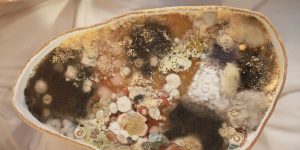
Hege Tapio and Norwegian BioArt Arena
NOBA - Norwegian Bioart Arena (NO)
Introduction of NOBA – Norwegian Bioart Arena with our team, facilities and our collaboration partners across Norway. Featuring Hege Tapio (NO), Annike Flo (NO), Nora Vaage (NO), Solveig Arnesen (NO), Hanan Benammar (FR/DZ), Simon Daniel Tegnander (NO), FAEN-Female Artistic Experiments Norway (NO), Eva Bakkeslett, Centre for Genomic Gastronomy (NO/US) ,The Dinghy AiR (NO) , Steven Barstow(NO) , Marita Isobel Solberg and Trond Ansten (NO), Elind Rui Blix (NO) , NIBIO- The Norwegian Institute of Bioeconomy Research (NO)

NOBA- Norwegian BioArt Arena
NOBA - Norwegian Bioart Arena (NO)
Introduction of NOBA – Norwegian Bioart Arena with our team, facilities and our collaboration partners across Norway.
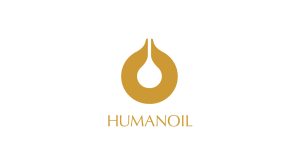
Human Oil – the last oil
Hege Tapio
Watch our premiere of Humanoil, a recorded performance by artist Hege Tapio, followed by the introduction of NOBA – Norwegian Bioart Arena. NOBA is the hub for the expanded field of bioart in Norway, and exists to bridge the gap between artists and scientists working on ecology, biology, technology, activism and art.
